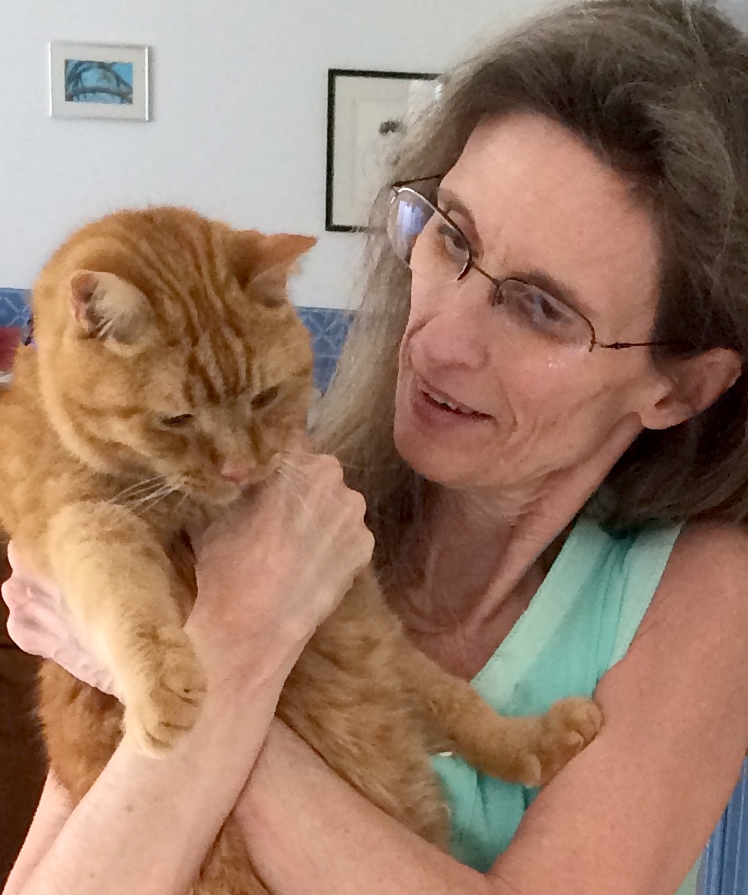5 Questions with Mary Ellen Goldberg

The “5 Questions with…” series is meant to promote upcoming sessions at AAHA’s Nashville conference that are sure to be popular and relevant topics. Learn a little more about the sessions that will be available for you and your team members to attend. AAHA Nashville 2017 takes place from March 30 – April 2. You can register on our website.
Mary Ellen Goldberg, BS, LVT, CVT, SRA, CCRA, CVPP has been the instructor of Anesthesia and Pain Management at VetMedTeam, LLC since 2003 and is a Surgical Research Anesthetist certified through the Academy of Surgical Research. She is currently a faculty member for VetMedTeam, LLC.
Her sessions will focus on rehabilitation for technicians and will take place on Friday, March 31. In the morning, she will cover “Feline Rehabilitation & the Veterinary Technician: Let’s Get Physical” and “Physical Rehabilitation & the Geriatric Patient: Are Fido & Socks Senior Olympians?” In the afternoon, she sessions are “Rehabilitation for the Pet with Intervertebral Disc Disease: Fluffy Had a Hemi” and “Massage, Passive Range of Motion, Cryotherapy, & Therapeutic Laser Use After Surgery: What’s Your Super Power?”
Could you give me a brief background on your expertise on this topic?
I began working in the Department of Physical Therapy/Anatomy and Neurobiology at the Virginial Commonwealth University School of Medicine in 2000. From developing my huge interest in veterinary pain management, becoming the Executive Secretary of the International Veterinary Academy of Pain Management (IVAPM) and teaching pain management at VetMedTeam, LLC, I was drawn to physical rehabilitation as another tool in the pain management toolbox. Through credentialing at the Canine Rehabilitation Institute (CRI), working at CRI as a staff assistant, lecturing/writing peer-reviewed articles/textbooks and through the development of the proposed Academy of Physical Rehabilitation Veterinary Technicians (APRVT), I have become a proponent of utilizing this non-pharmacologic tool to reduce pain and extend quality-of-life for all veterinary patients.
What is a key takeaway you hope people will get from your educational sessions?
That physical rehabilitation can be applied, with some ingenuity, to all species and ages of our veterinary patients. It may not be the same for every species, but the benefits are monumental.
What about the AAHA conference made you want to come back and facilitate again?
This conference speaks to general practitioners as well as specialists. I want to help guide the nurses in practice on how to utilize physical rehabilitation techniques in their post-surgical patients as well as those that are interested in specializing in physical rehabilitation through certification as a Certified Canine or Equine Rehabilitation Assistant or Certified Canine or Equine Rehabilitation Practitioner.
What is the future of pet rehabilitation and where would you like to see it go?
I can see physical rehabilitation becoming an accepted practice for all veterinary patients just as physical therapy has become for humans. That veterinarians, their staff and owners learn it is the best aid for quality of life in all patients.
What’s a question you wish more people asked about your topic?
How can I utilize these physical rehabilitation techniques, developed for dogs and horses, on all species that I care for?



